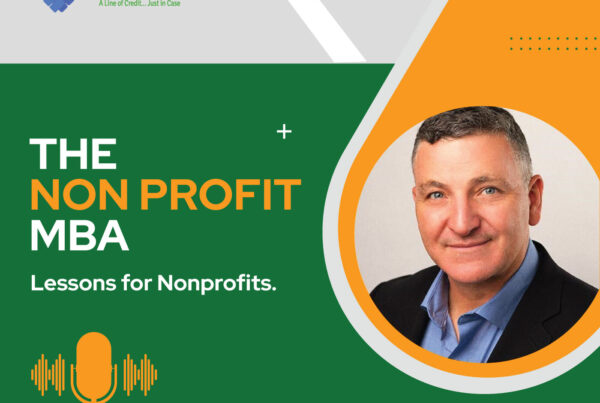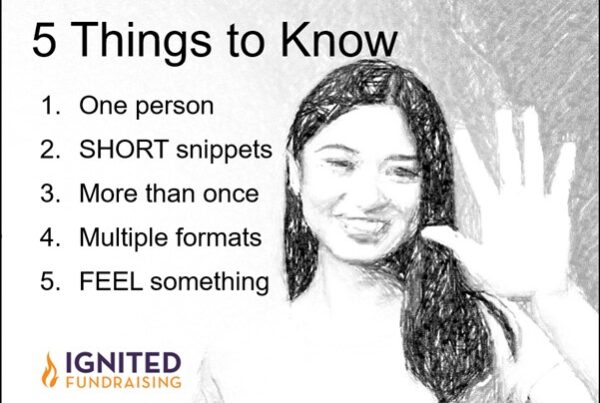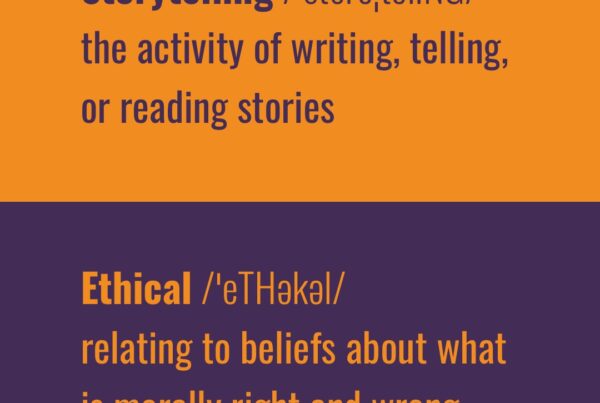After telling and coaching literally thousands of stories, I can confidently say nonprofit storytelling is more successful when it focuses on just one person.
Your story is only as strong its main character.

Name any book, movie or any story you’ve shared today and it’s likely about one person [the protagonist] and how they accomplished something.
Told in a way that connects listeners or readers to a single person is what allows others to see themselves in your story AND your mission.
A few years ago, Lisa Cron wrote an entire book about how our brains are wired to think in story.
It’s likely you told yourself a story about why to read this post, why you work at your current job, and even why you live in your current location.
You felt something about WHY.
The truth is our brains are unable to make a decision unless we feel something. And the feeling often comes from the way we tell or hear a story from someone else. OR maybe it’s the story we tell ourselves.
In my collection of 5 essential storytelling secrets to raise more money, #1 is to focus on a single person.
Connect your listeners or readers with details that can engage and inspire and cause them to want to learn more.

The stories you share are creating heroes. Often superheroes.
These are the people working to overcome the odds that have been stacked against them to deal with having no food, a chronic or terminal illness, a vision for cleaner environment, or safety for household pets.
Whatever your mission our job is to highlight the story of one for our supporters so they want to learn more.
When you focus on many: hundreds, thousands, or even more, rather than a single person, your audience can become:
Overwhelmed.
The thought of trying to helping hundreds or thousands can feel hopeless or overwhelming. Your community wants to make a difference and can by partnering with you to help someone inspiring.

Confused.
Focusing on many vs. one can confuse and remove us from feeling like we can make a difference. Envisioning how we are supporting a single person at a time allows for a clear path to take action.
Checked-Out.
Stories that don’t connect readers or listeners with a specific person to help can remove the urgency of taking action. Stories about “the world” or “our community” often fall into the category of nonprofit noise.
By focusing on one it’s much easier to see someone we know or love in the story. Your story of one gives a pathway to allow others to feel more deeply connected to your work.
Remember: If we don’t feel something, we can’t make a decision.
Guide your readers or listeners on a path of connection by conveying the emotional essence of your work through the eyes of someone you serve. They’ll want to do more.






